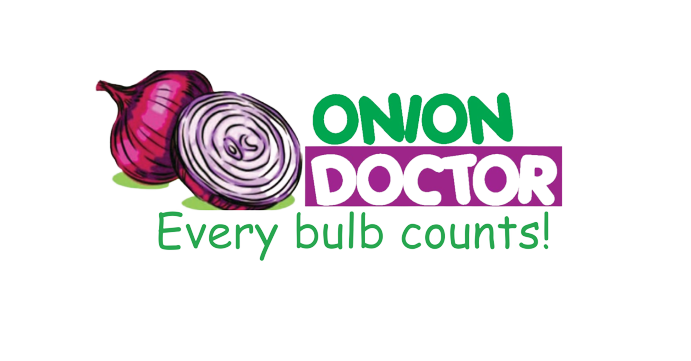Maximizing Onion Farming Success in Kenya: A Guide to Optimal Soil Preparation with Onion Doctor

Are you in need of in-depth knowledge on onion and garlic production? If yes, we are a call away. Our service chatter includes: Onion seedlings, Garlic seedlings, Farm planning services, Soil testing, Drip irrigation installation and maintenance, Agronomic support, Onion and Garlic value pack and Farm management. For free consultation, placing orders or booking a visit with an agronomist, please contact us via Call or what’s app +254703982228, Email: Info@oniondoctor.co.ke.
Embarking on a successful onion farming venture in Kenya requires meticulous soil preparation. This guide, in collaboration with Onion Doctor, is your key to achieving the perfect soil conditions for robust onion crops. Explore the nuances of soil types, when to prepare your soil, and expert-recommended techniques for optimal onion farming success.
Timing is Everything: When to Prepare Your Soil for Onions Strategic planning for optimal results: Soil preparation isn't bound by specific seasons; it can be undertaken when the ground is workable. This guide emphasizes that onions can be planted even in cooler temperatures. The key is to ensure your soil is in prime condition before planting, offering flexibility for farmers to plan their onion cultivation throughout the year.
Soil Types Know your soil! All regions of the country are different, even from township to township. Onions grows best in a loamy, crumbly soil. Clay and silt soils are made of very small particles. They feel slick and sticky when wet. Clay and silt hold moisture well, but resist water infiltration, especially when they are dry. Often, puddles form on clay or silt soils and they easily become compacted. Loam is a mix of sand, silt or clay, and organic matter. Loam soils are loose and look dark and rich. When squeezed in your fist, moist loam will form a ball, which crumbles when poked with a finger. Loam soils normally absorb water and store moisture well. Loam soils can be sandy or clay-based, and will vary accordingly in moisture absorption and retention. Sandy soils contain large particles that are visible to the unaided eye, and are usually light in color. Sand feels coarse when wet or dry, and will not form a ball when squeezed in your fist. Sandy soils stay loose and allow moisture to penetrate easily, but do not retain it for long-term use. If your soil is so poor that it’s beyond amending, you can always create a raised bed. It can be any shape you like as long as it’s large enough to contain the number of onion sets you want to plant. The bed should be at least 6 inches deep. You can even plant onions in a container (use at least a 1-gallon size or larger) and locate the pot where it will receive sun exposure 6-8 hours each day. Container-growing is better suited to growing scallions (very young onions, also called green onions or spring onions) vs. full-sized bulbs.
How To Prepare Your Soil Roots grow faster when they have ample room, and a larger root system means bigger onions! After you have amended the soil pH and/or any nutrient/mineral deficiencies (if needed), prepare the area in which you want to grow your onions. They will grow best in raised beds or raised rows at least 4? high and 20? wide. If you need to improve the soil in your planting bed, mix composted cow manure, garden compost or peat moss (up to 1/3 concentration) into the soil. Make sure the peat moss you get is either baled sphagnum or granular peat. You can also add our Coco-Fiber Potting Medium or 2 or more inches of organic material and evenly work it into your soil. Organic materials bind sandy soil particles so they retain moisture and nutrients better. They also break apart clay and silt particles, so that water can infiltrate and roots can spread. Your lawn can also provide you with ideal organic materials such as grass clippings (not treated with herbicides) and shredded leaves. Not only will the grass and leaves break down to provide soil nutrients, but they will help loosen the soil as well. You can gather these in the fall with spring planting in mind.
Common soil amendments: Compost Sand Composted manure Lime Peat moss (either baled sphagnum or granular peat)
Onion Doctor supports small holder farmers across Africa with quality and affordable Onion and Garlic seedlings, Onion seedlings, Farm planning services, Soil testing, Drip irrigation installation and maintenance, Agronomic support, Onion and Garlic value pack, Farm management, E-extension and on-farm training for farmers to optimize on yields and get maximum profits.
